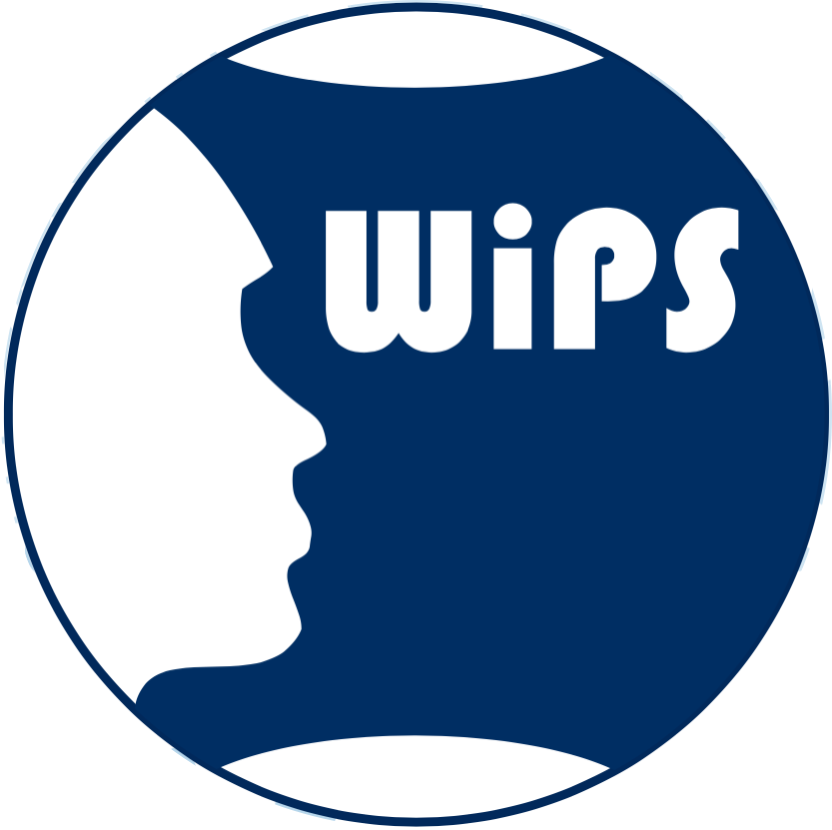Constanza Sofía Salvó, MSc
Institut national de la recherche scientifique (Canada)

Constanza is on a ship at the entrance to a sea ice field in the Weddell Sea in Antarctica. On the horizon what was left of the first-year ice from winter is visible.
What’s the work that you do?
Until recently, I worked as an ice analyst in the Argentine Naval Hydrographic Service (SHN) and delivered glaciological advice onboard the ARA Almirante Irizar Icebreaker for the summer Antarctic campaigns. Now, I’m researching the use of satellite images to provide solutions to the Inuit communities for safe traveling on Arctic sea ice. More specifically, I use Synthetic Aperture Radars to study sea ice features that can be dangerous when traveling with sleds or skidoos on the fast sea ice.
What keeps you going?
I’m super grateful for the opportunity that life gave me to get to know the polar ecosystems, which for me is an untypical environment since I was born in a sub-tropical region. It’s fascinating to observe the great complexity that water in a solid state can hold; a beauty that needs an open mind and huge patience to understand. I’m still on this path, a challenging one, but for sure not boring at all.
What’s your message to the world?
The race to explore the poles has mobilized many men in the past, and sea ice, icebergs and polar ecosystems have attracted the attention and interest of millions of people. There is still much to discover in these inhospitable places, and being able to observe them, together with being a representative of the female gender in their discovery, is what keeps me going to study the majestic gifts that nature gives us.
Organisation: Institut national de la recherche scientifique (Canada)
Nationality:
Argentina
Disciplines:
